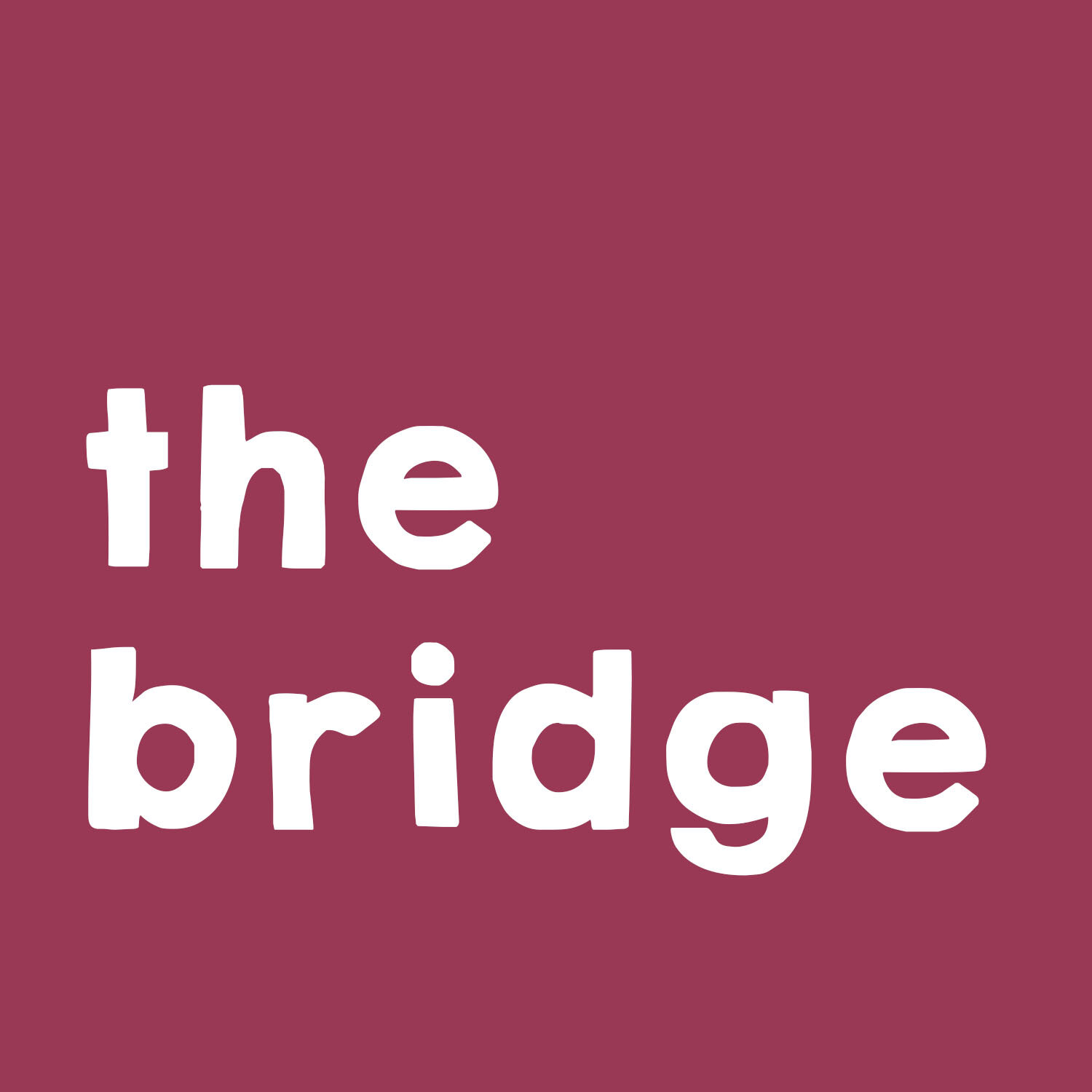North Carolina Museum of Art Reopens, Showcasing Senegalese Fashion Exhibit
After its closure in March due to COVID-19, the North Carolina Museum of Art reopened on September 9 with new social distancing guidelines and an exhibit featuring the style of Senegalese women, led by the museum’s first African art curator.
Director of Member & Visitor Experience Janis Treiber said that Gov. Roy Cooper announced moving into Phase 2.5 on September 1, thus allowing aquariums, museums, and more to open three days later. During the closure, new protocols were set in place, such as creating one-way paths for easier, safer viewing and mandating masks.
“We did get rid of everything that we hand to guests just to be able to maintain that distance and cleanliness,” said Virginia Ambar, the museum’s member & visitor experience and Tessitura manager. “Maybe you don't have a smartphone to scan a QR code, so we will have printed maps, but we are trying to limit that as much as possible.”
Although the museum welcomed over 700,000 visitors last year, only 80 people per half-hour are allowed in both the West and East buildings. Approximately 30% of staff members were furloughed for financial reasons, and this is the first time the museum has had ticketed versus non-ticketed exhibitions.
Treiber said, “The ticketed exhibitions are the special ones that are traveling, that we don't own, and that aren't in our permanent collection. They're here for maybe a three-month or four-month period, and we pay to bring them here. It's just a matter of covering that.”
Available until January 3, “Good As Gold: Fashioning Senegalese Women” is a collaboration between the North Carolina Museum of Art and the Smithsonian’s National Museum of African Art in Washington D.C.
Amanda Maples, a visiting professor at UNC-Chapel Hill and the first full-time curator of African art at the museum, said the exhibit is about seeing how jewelry and fashion empower and allow women “to make claims to the city and to have control over the narrative.”
As for the display, COVID-19 prohibited couriers and handlers from accompanying fragile pieces, which forced 16-year industry veteran Maples to pivot.
“20 of the works on view could not be installed because they are either very fragile themselves or they have very intricate mounts. For those 20 pieces, we created lifelike representations of them in a purple sheen. There are QR codes you can scan with your phone to get video and great, high-resolution images of those works since you can't actually see them in person,” Maples said.
41-year-old Maples said that though she can never fully grasp the Black African experience as a white woman, she sees her role as a conduit in amplifying African voices and challenging accessibility and inclusion in the arts. In Maples’ art history lecture, Carolina senior Ajani Anderson viewed the exhibit virtually for the first time. It not only enhanced her understanding of her place in the art world, but also her knowledge of the African diaspora.
“I think it’s easy to stay in this western bubble and either subscribe to those western stereotypes of other diaspora cultures, or to see Blackness as victimhood, and not understand our ties and origins globally,” said the 21-year-old Durham native. “The exhibition really challenges notions of an impoverished, isolated and victimized Africa, and it shows the tenacity and creativity of it instead.”
For Duke University sophomore Sydney Reede, a museumgoer whose mother is from Sierra Leone, the exhibit exposed her more to her West African roots.
18-year-old Reede said, “I've never been back to Sierra Leone. I just always hear my mom talking about her experience growing up and I haven't been able to experience it myself outside of her cooking. Being able to see more into the culture, the typical way of dressing was so nice. I do feel like it’s filling in a little bit of a gap.”
Before COVID-19, the museum was open six days a week on Tuesday through Sunday from 10 a.m. to 5 p.m., with occasional extended hours for events. Though there will no longer be events or catering, the museum is now open to the public on Wednesday through Sunday from 10 a.m. to 5 p.m.

